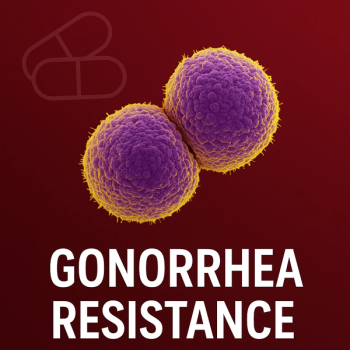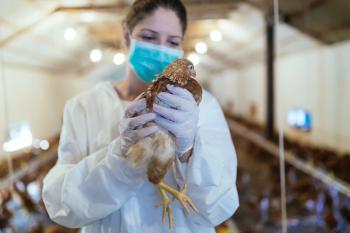
Taking A Closer Look at Shingrix: The New Shingles Vaccine
The only way individuals can reduce their risk of getting shingles is to get vaccinated; luckily, a new vaccine has recently been approved by the FDA.
Almost one out of every three individuals living in the United States will develop
Luckily, on October 20, 2017,
In 2006, Merck's vaccine, Zostavax, was approved by the FDA to prevent shingles and related complications in adults starting at 50 years old. Zostavax was shown to reduce the risk of developing shingles by 51% and post-herpetic neuralgia by 67%. The vaccine provides protection from shingles that lasts for about 5 years. Patients could receive a one-time dose of the vaccine either at their doctor’s office or pharmacy. The vaccine was to be kept frozen until use, where it was then reconstituted, requiring the immunization to be administered within 30 minutes of preparation.
Zostavax is a live vaccine, so pharmacists and doctors were limited on which patients could receive the vaccine. Pregnant mothers, immune-compromised patients, along with other patient populations could not receive the shot. Although the vaccine is well-tolerated, redness, soreness, and headaches have been reported.
According to the Centers for Disease Control and Prevention (CDC)’s Advisory Committee on Immunization Practices, Shingrix has been shown to reduce the risk of developing shingles by 97% in patients between 50 and 69 years of age, and 91% in patients ages 70 and up. Shingrix was shown to prevent post-herpetic neuralgia by 90%. Shingrix is administered intramuscularly and requires a 2-dose series, one received at baseline, with a follow-up vaccine in 2-6 months. You can find Shingrix in the refrigerator, where it can then be reconstituted prior to use. Once reconstituted, the vaccine is good for up to 6 hours.
One of the key major differences between the 2 vaccines is that Shingrix is not a live
Most pharmacies have not received Shingrix yet as it is still very new and guidelines are in the process of being updated. When patients come in, it is pharmacists’ job to ensure that patients are still receiving Zostavax in the meantime rather than waiting for Shingrix to arrive. Protocols are still yet to come, as a wait period between the 2 vaccines has not been released.
Newsletter
Stay ahead of emerging infectious disease threats with expert insights and breaking research. Subscribe now to get updates delivered straight to your inbox.


















































































































































































































































































